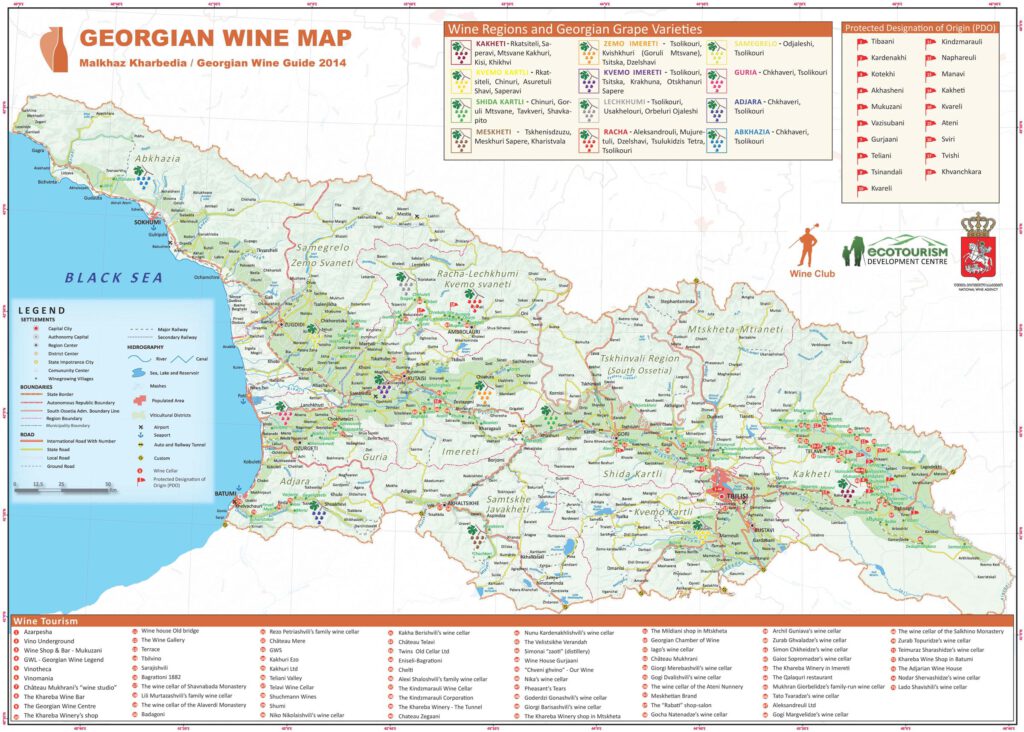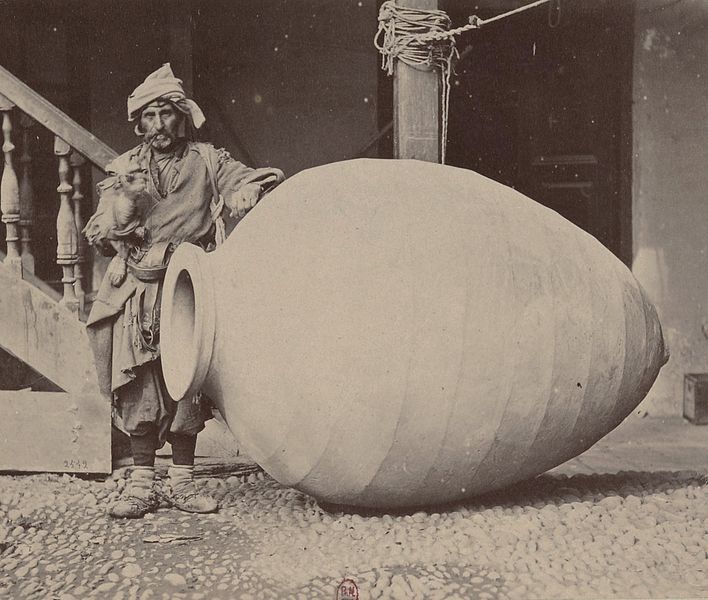
A man stands next to a giant qvevri pot in Kakheti, Georgia, in this photo from the late 1800s. The beeswax-lined vessels have been used to make wine for thousands of years.
HISTORY OF GEORGIAN WINE
Georgia has an 8,000 year history of continuous wine making tradition, which is evidenced numerous archaeological discoveries. Georgians have shared the love for the grape the time immemorial and remains loyal to it through to modernity. Numerous displays related to wine making practices dating to millennia have been kept in Georgian museums.
Archaeologists discovered several grape pips of ancient millennia in Kvemo Kartli, to the south of Tbilisi, in the Marneuli Valley, in the ruins of the Dangreuli Gora. In accordance with morphological and ampelographic features, they then assigned the pips to a cultivated variety of grapevine, Vitis Vinifera Sativa.
The mention of the ancient traditions of vine growing and high quality wine growing in Georgia (or Colchis and Iberia, as it was known in ancient times) can be found in the works of Homer and Apollonius of Rhodes. Even the unique Georgian alphabet is modeled after the shape of the vines curly offshoots. Up to 500 indigenous grape varieties are still cultivated here. Wine is part of Georgian heritage including architecture, poetry, and songs, and is associated with celebrations, holidays, rituals and most importantly with Georgia’s religion the Christian Orthodox Church. Winemaking remained the basis of the Georgian economy for centuries. Through the long history of the Georgian nation, the wine has gained iconic significance in Georgia. It is a symbol of regeneration, of wealth and plenty.
GRAPEWINE REGIONS
There are five main regions of viniculture, the principal region being Kakheti, which produces seventy percent of Georgia’s grapes. Approximately 65-70% of all Georgian vineyards are cultivated in the ancient and unique viticulture-winemaking region of Kakheti. Traditionally, Georgian wines carry the name of the source region, district, or village, much like French regional wines such as Bordeaux or Burgundy. As with these French wines, Georgian wines are usually a blend of two or more grapes. For instance, one of the best-known white wines, Tsinandali, is a blend of Rkatsiteli and Mtsvane grapes from the micro regions of Telavi and Kvareli in the Kakheti region.
- Kakheti (containing the micro-regions Telavi and Kvareli)
- Kartli
- Imereti
- Racha-Lechkhumi and Kvemo Svaneti
- Ajara
- Guria-Samegrelo
GRAPE VARIETIES
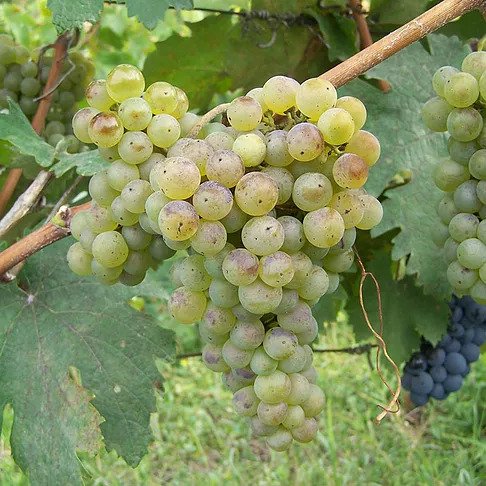
RKATSITELI
Rkatsiteli, a white-grape variety, is grown mainly in the Kakheti region but it is also present in other regions of Georgia and elsewhere.
In Kakheti, it reaches full ripening from mid-September and up to the beginning of October. For the production of top quality wines its yield per hectare should not exceed seven or eight tons.
In Georgia, Rkatsiteli is used for making both classic (European) and typical Kakhetian, amphora (Kvevri) fermented Vins de Table, Vins de Pays and AOC’s. Rkatsiteli wine is often blended with Kakhetian Mtsvane. Rkatsiteli also produces a large range of white wines, from fortified to ice-wines.
Principal micro-zones include Kardenakhi, Tibaani, Tsinandali, Gurjaani, Napareuli. We make a number of wines from the Rkatsiteli grape – among them are white Rkatsiteli, Tsinandali, Gurjaani, Vazisubani, Sachino, Alaznis Veli, and Tbilisi.
We use Rkatsiteli for our white medium sweet Alazani Valley.
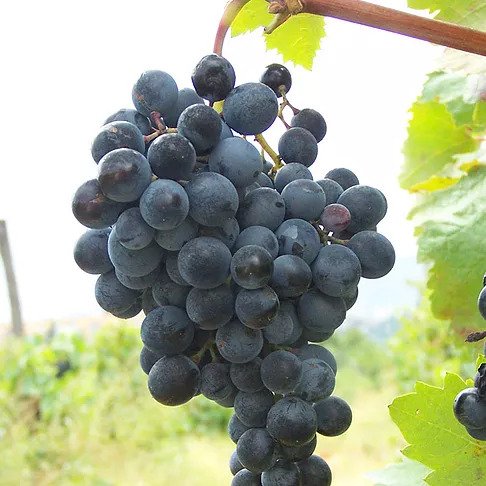
SAPERAVI
This is a Georgian red grape variety grown in Kakheti and other regions of Georgia, and it can also be found outside Georgia. Saperavi reaches full ripening started from the second half of September, with the harvest-time lasting up to the end of October. Saperavi’s average yield per hectare amounts to 8-10 tons. Wines produced from Saperavi (Vins de Tables as well as AOC’s) are suitable for extended aging and it is also used for producing naturally sweet wines and rosé. Principal micro-zones: Mukuzani, Akhasheni, Khashmi, Kindzmarauli, Napareuli, Khvareli, Kondoli.
Texturally, the wine is sappy and tannic, with considerable acidity; alcohol levels can range 12-14%. The aromas are terroir-sensitive: cooler regions with cool mountain breeze influence, red berries dominate the fruit character and the wines show more elegance; warmer regions, with darker soils, further the mountains, have more black fruit and meaty notes, with higher alcohol levels.
We use Saperavi for our all red wines: Alazani Valley, Saperavi , Mukuzani AOC and Kindzmarauli AOC.
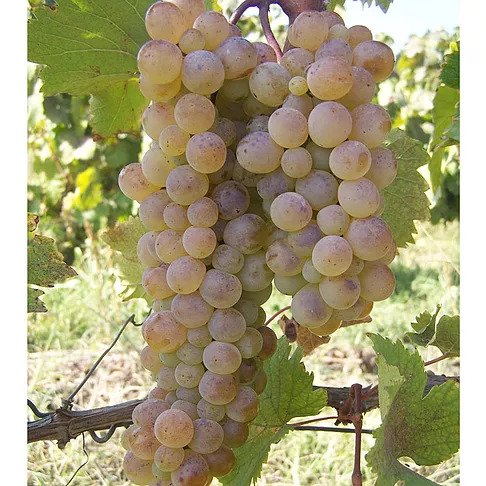
KAKHETAN MTSVANE
This is a Georgian white-grape variety from the Kakheti region which reaches full ripening from the second half of September. Average yield per hectare is 5-8 tons. Yields for Kakhetian Mtsvane must be limited in order to maintain quality. It is used for making both, classic (European) and typical Kakhetian, amphora (qvevri) fermented Vins de Table, Vins de Pays and AOC’s.
When vinified in a European style, the young dry, white wine often has a greenish- straw tinge. Mtsvane Kakhuri imparts fresh white peach, floral, citrus and tropical aromas, with a light mineral undertone. It is quite dark and will show more apricot and stone fruit character when vinified in qvevri. An aromatic variety, it oxidizes easily, and unless vinified in qvevri, it requires sensitive anaerobic handling. Alternatively, it may be blended with a percentage of Kisi or Rkatsiteli; Mtsvane Kakhuri adds aromatic high tones and complexity, the other varieties inhibit oxidation.
Principal micro-zones: Manavi, Tsinandali, Akhmeta.
We use Kakhetian Mtsvane as a blend for our Tsinandali AOC.









